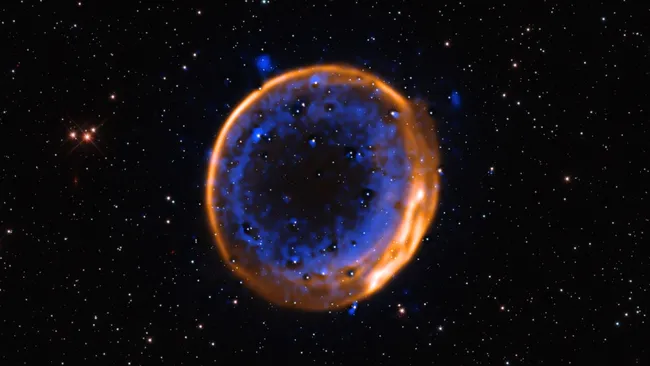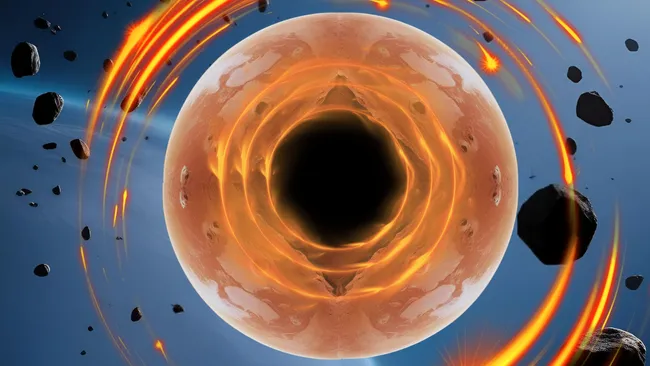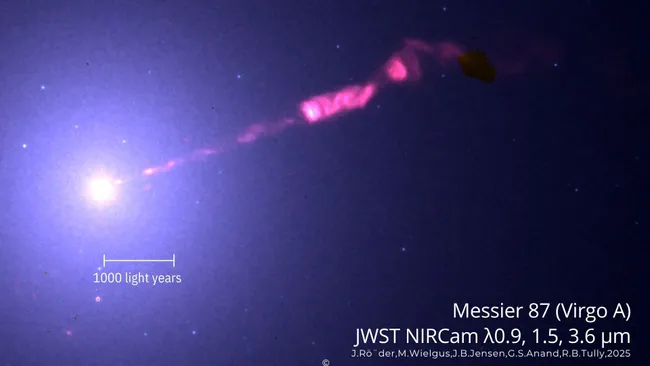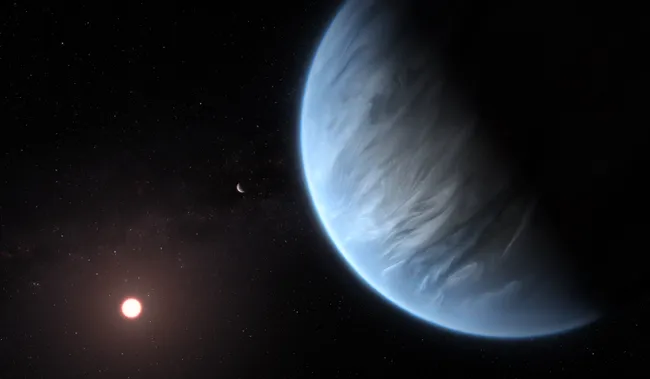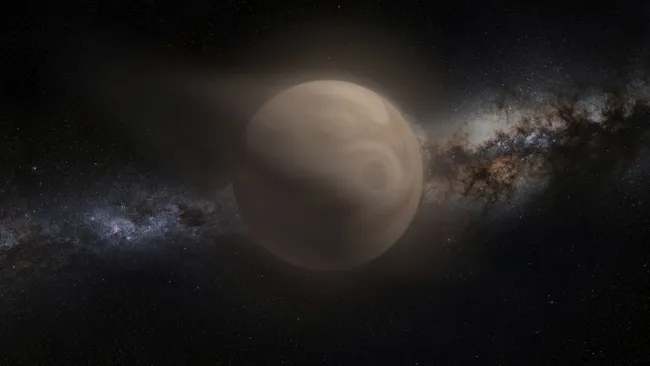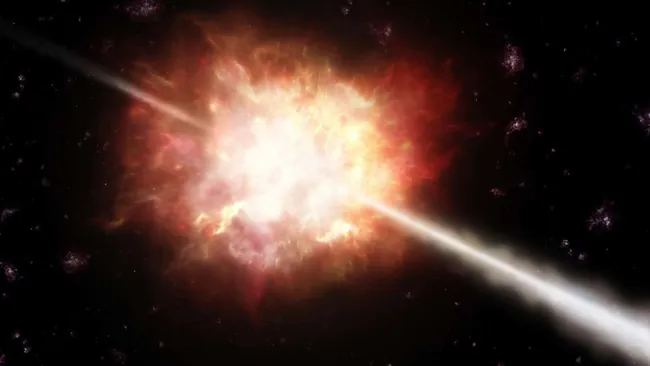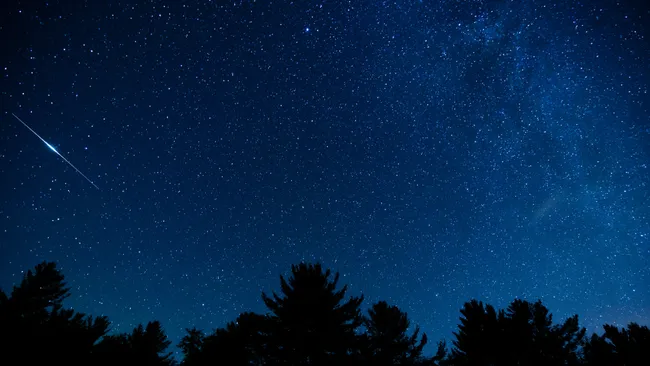You may only live once, but some stars die twice. Astronomers have now captured the first visual evidence of such a rare event: a “double-detonation” supernova. This phenomenon suggests that certain stars can explode without needing to reach the Chandrasekhar limit — the minimum mass a white dwarf must have to undergo a supernova explosion.
Using the Very Large Telescope (VLT) and its Multi Unit Spectroscopic Explorer (MUSE) instrument, researchers focused on the centuries-old remnant of supernova SNR 0509-67.5, located around 60,000 light-years away in the Dorado constellation. Their observations revealed structural patterns in the debris, indicating that the progenitor star had exploded not once, but twice.
The star in question was a white dwarf, a compact stellar core left behind when a sun-like star exhausts its nuclear fuel. These remnants often produce Type Ia supernovae, which are essential tools in astronomy due to their consistent brightness. This uniformity allows astronomers to use them as “standard candles” for measuring cosmic distances.
Now, for the first time, scientists have visually confirmed a double-detonation mechanism — where a white dwarf detonates in two stages — shedding new light on how these important cosmic explosions may occur.
“The explosions of white dwarfs play a crucial role in astronomy,” said Priyam Das, the study’s lead researcher from the University of New South Wales, in an official statement. “Yet, despite their importance, the long-standing puzzle of the exact mechanism triggering their explosion remains unsolved.”
You Only Die Twice
Astronomers generally agree that Type Ia supernovae originate in binary star systems, where one of the stars becomes a white dwarf.
If the white dwarf is close enough to its companion star — or if the companion begins to expand — the white dwarf can become a stellar vampire, pulling in material from its partner. This accretion process often pushes the white dwarf toward the Chandrasekhar limit, typically leading to an explosive end.
However, in a double-detonation, a layer of helium on the surface of the white dwarf ignites first, setting off a chain reaction that triggers the core to explode — even if the star hasn’t reached the usual mass threshold. This discovery opens the door to a new understanding of stellar evolution and death, particularly for white dwarfs that might otherwise have quietly faded away.
The findings help solve one of the longstanding mysteries in astrophysics and could lead to a revised model of how some of the universe’s most brilliant explosions occur.

